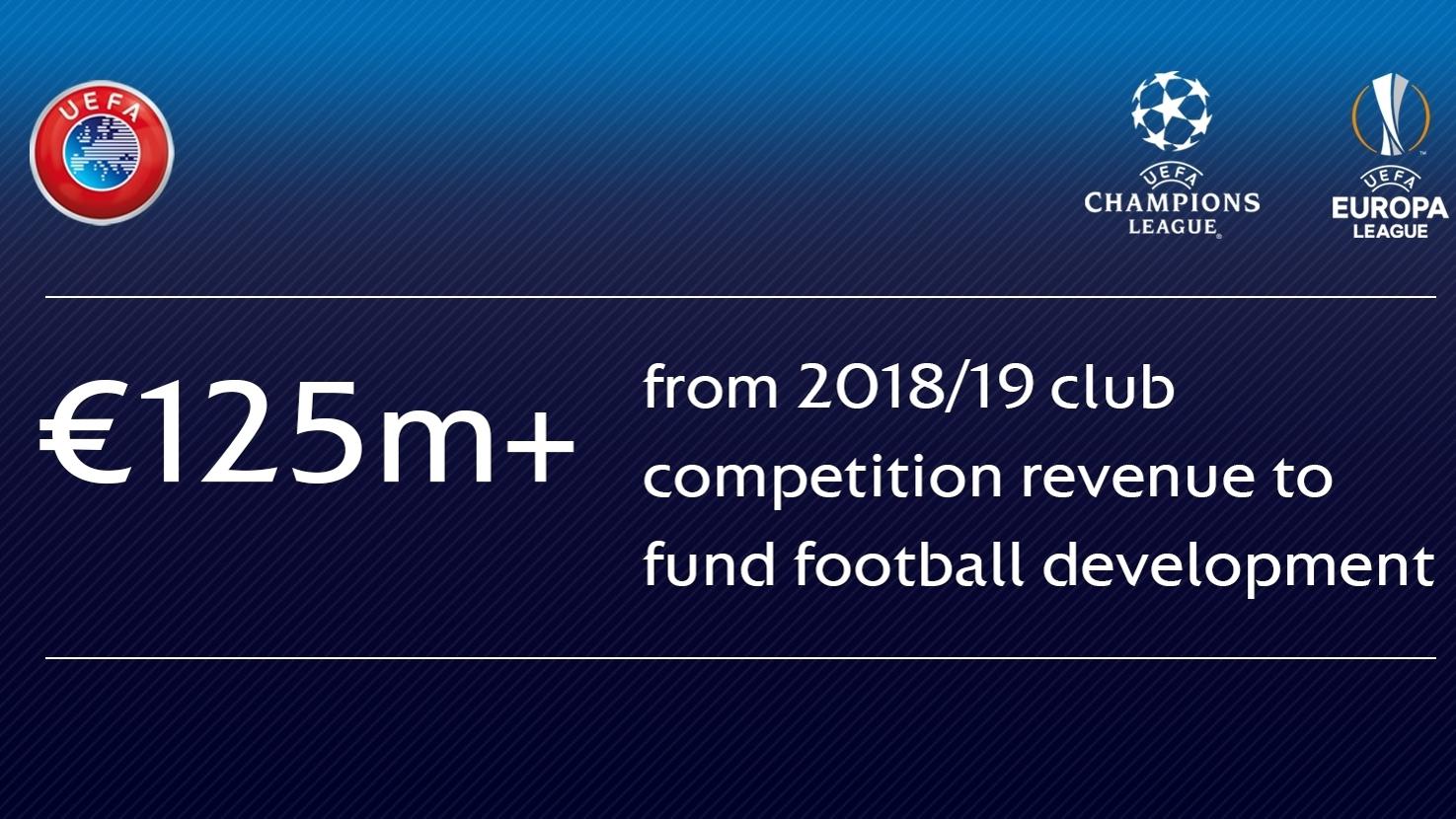RayClemence
BRONZE
In the younger years, there are a lot of club teams that are available to working class kid. My kid has played now on 2 almost all Latino teams (he's been near being the richest kid on both of them). We've scrimmaged against a lot of all Latino teams as well. The coaches don't charge huge coaching fees and do it largely for the love of the game, but they aren't as organized as the well established middle class clubs. The kids and parents though are really passionate about soccer and do it more for a love of the game than the college scholarship they can get. He's also played on an AYSO United Team that brought on some working class players who could afford it due to their more affordable fee structure and they have scholarships for hardship cases. AYSO United, inner city, and Latino teams have done extremely well on the boys side in the lower levels, including beating out the higher priced clubs in the State Cub.
The problem, though, is there's a glass barrier to the higher level/older teams where the fees get out of control, you have to engage in a huge amount of driving to get to the particular club, and the tournament costs. There's also developing an SCDSL (or whatever they call themselves now) and Coast split as the United, inner city and Latino teams have a tendency to play Coast.
I don't post much here, just mostly reading and enjoying the lively discussions. I have been coaching at the AYSO and club levels since 2005 and have seen this whole "industry" evolve over 16 years. Grace's comments above are 100% spot-on. My older daughter played on a Latino club team where the fees are embarrassingly low but the coach was passionate and committed in trying to get the players college scholarships (many did), and she even played D3 soccer in college. A lot is said about how the bigger clubs can provide "exposure" to college coaches, but there is a lot of college recruitment going on with talented players on "smaller" and "local" club teams who cannot afford to pay the fees needed to play on a big club team. This is where Grace's "glass barrier" comment is so accurate.



